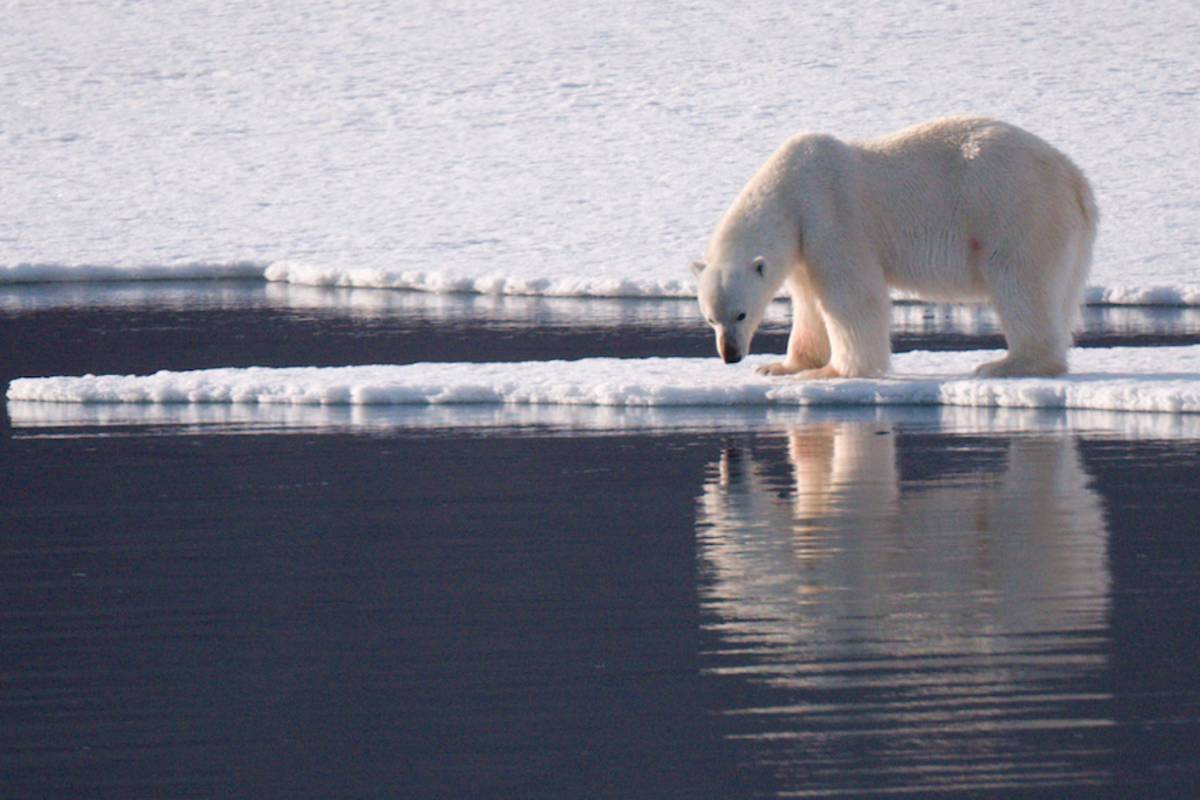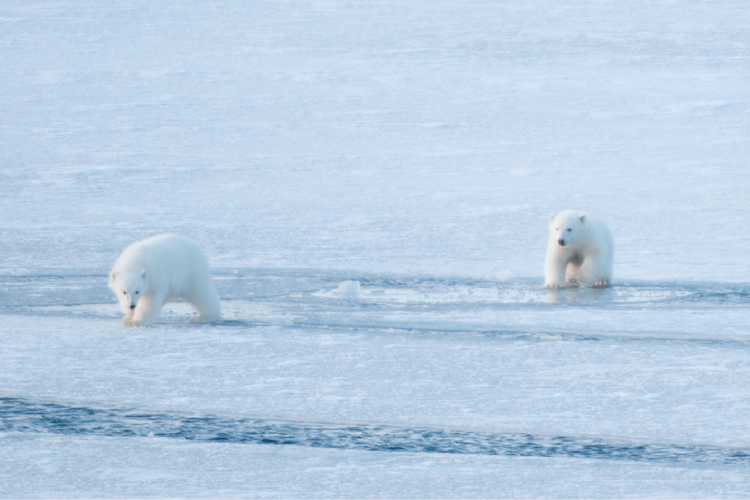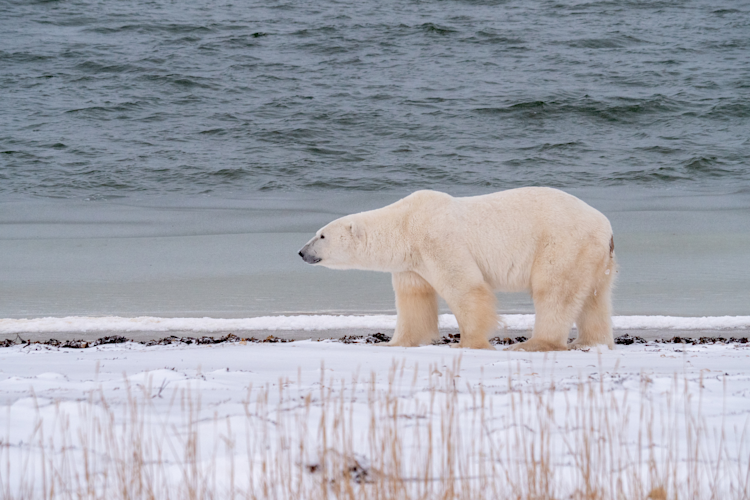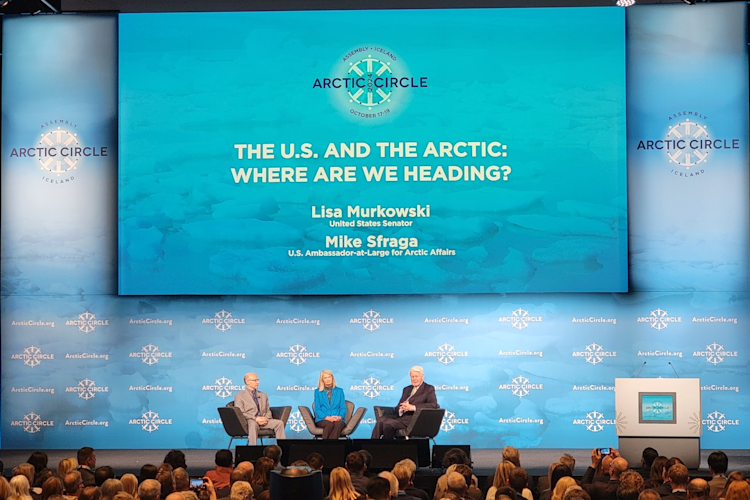The concept of “policy” can be confusing. I mean, sure, laws are policies, we all know that, right? But my job has a policy for time off, is that similar? Or, wait, I have insurance policies, are those the same kind of thing? What even is policy?!
Policies are any plans, rules, or sets of guidelines that are agreed upon by a group of people (such as governments, businesses, schools, and more). They are the hidden structures behind our everyday world. A casual stroll through your neighborhood reveals policy in action. The roads, parks, public transit, and more are all controlled by policy. Policies are everywhere. Even something as basic as a restaurant requiring employees to wash their hands before each shift is an example of a policy. If it can be written down and enforced, then odds are it’s a policy.
What is environmental policy?
Put simply, environmental policy is any policy that considers the impact of human activities on the environment. Like all types of policy, environmental policy is found everywhere and comes in all shapes and sizes. Fines for littering are a type of environmental policy. So too are cities requiring their buses to be electric. Incentives for solar panels, regulating fishing through permits, and establishing protected areas are all also environmental policies. And those are just governmental examples. A business’s energy savings plan with requirements like installing energy-efficient windows is an environmental policy. Schools instructing their cafeterias to limit food waste and compost leftovers is another one. Environmental policy can even be as simple as a store only using reusable bags.
But pretty much any policy can become an environmental one. If a city wants to improve rush hour traffic, it can expand public transit instead of adding an extra lane of highway. If a school wants to save money, it can create energy-saving guidelines that require turning the lights off in hallways and sports facilities at night. If a state or province wants to boost tourism and recreation, it can establish parks and nature reserves that also protect wildlife habitat. The possibilities are endless.


















